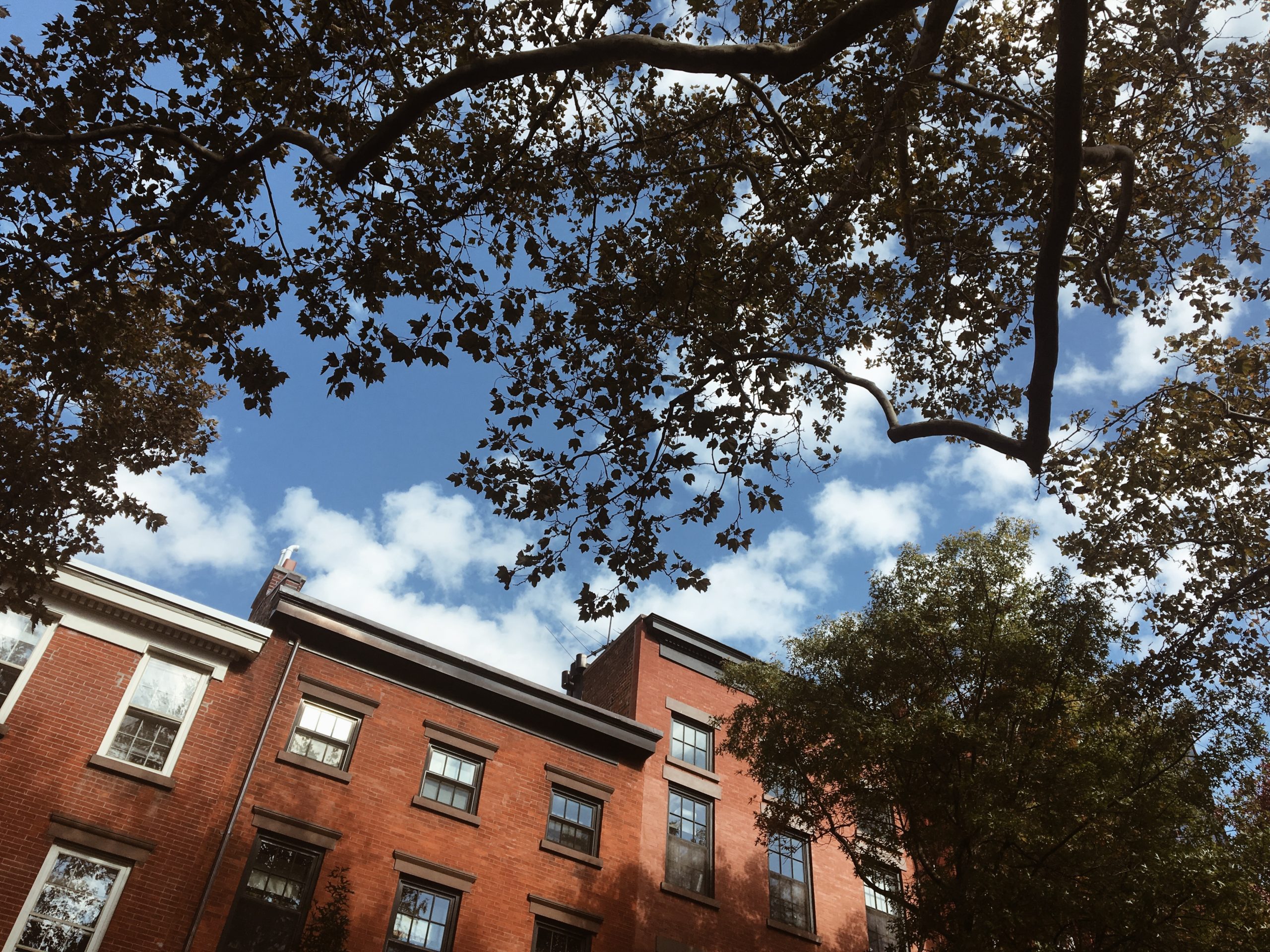Esther Jhun on Seasonal Affective Disorder
The end of the fall semester is hectic for students. On top of all the responsibilities associated with being a student, the weather changes can be a difficult transition. To help you navigate the seasonal changes, we interviewed our new counselor, Esther Jhun, about Seasonal Affective Disorder and the small things you can do to care for yourself this fall/winter.

The end of the fall semester is hectic for students. On top of all the responsibilities associated with being a student, the weather changes can be a difficult transition. To help you navigate the seasonal changes, we interviewed our new counselor, Esther Jhun, about Seasonal Affective Disorder and the small things you can do to care for yourself this fall/winter.
What is Seasonal Affective Disorder?
Seasonal Affective Disorder (SAD) – also known as seasonal depression or winter blues – is a type of depression that is related to the change of seasons. The onset is typically late fall and early winter and is alleviated with the coming of spring and summer. Less available daylight and the colder weather may affect one’s circadian rhythm (a.k.a. biological clock) that could trigger depression. The National Institute of Mental Health (NIMH) does a great job providing psychoeducation about SAD on their site (https://www.nimh.nih.gov/health/topics/seasonal-affective-disorder/index.shtml).
How is SAD different from/similar to Seasonal Depression?
SAD and seasonal depression can be used interchangeably. Additionally, the symptoms of SAD meet the criteria for major depression with the onset observed with the seasons for two years. In the most recent edition of the American Psychiatric Association’s Diagnostic and Statistical Manual (a.k.a. DSM 5), it is noted as a depressive disorder with the specifier, “with seasonal pattern.”
How might SAD influence a student’s academic work and/or learning?
The DSM 5 noted that younger people are at higher risk for SAD. Depressive symptoms that can particularly impact the functioning of a student include difficulty concentrating, lack of motivation, and decreased energy. Such symptoms can make it very challenging for a student to engage with the material itself or others.
How can a student know if he/she is experiencing SAD?
Students who grew up in sunnier, warmer areas (i.e. closer to the equator) may be more susceptible to SAD due to the change in daylight and temperature in the Northeast during the fall and winter months. Other risk factors to be aware of is a family history of depression and the student’s own history with mood disorders.
In addition to experiencing depressive symptoms (depressed mood, feelings of hopelessness/worthlessness, loss of interest in once pleasurable activities, and suicidal ideation to name a few), students who experience SAD may particularly experience low energy, sleep too much (hypersomnia), tendency to overeat, craving for carbohydrates, weight gain, and social withdrawal. It is as if one was preparing for hibernation.
How can we prevent SAD?
The reality is that SAD and other mood disorders are in part due to one’s body’s biochemistry. For SAD specifically, researchers have determined that sufferers have less serotonin, increased melatonin, and less vitamin D. Interventions may include anti-depressants, phototherapy (or light therapy), psychotherapy, and vitamin D. Physical activity has also been shown to improve mood.




